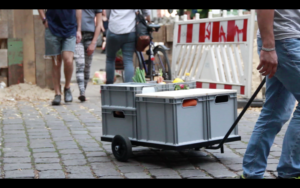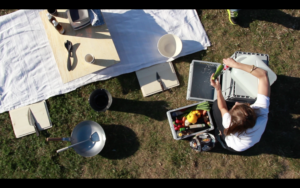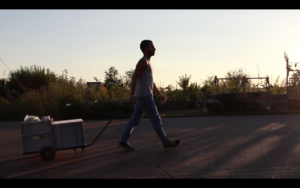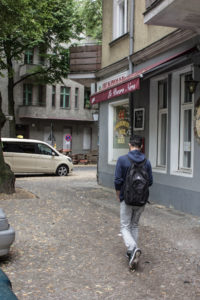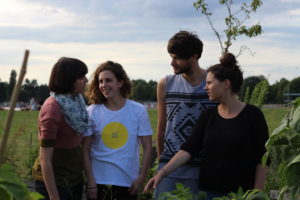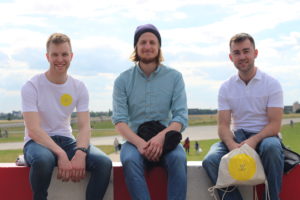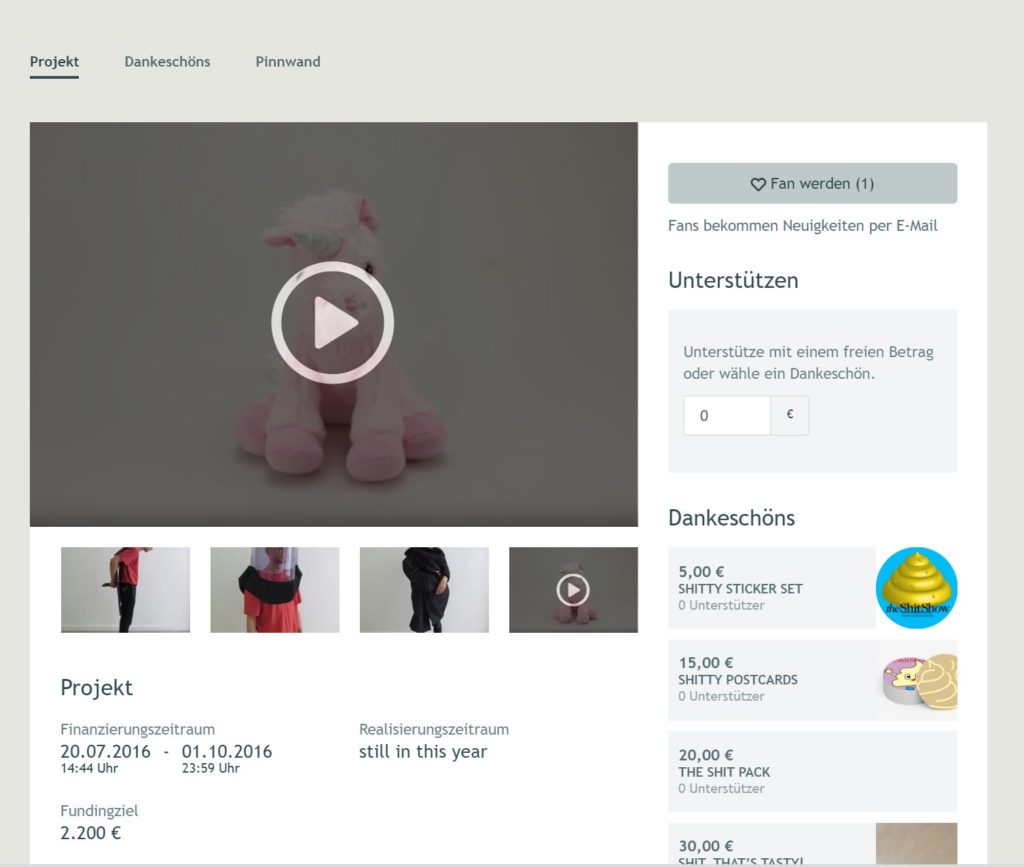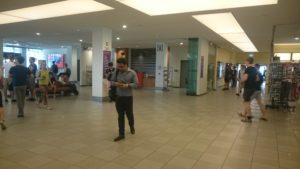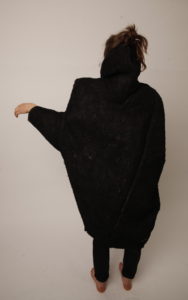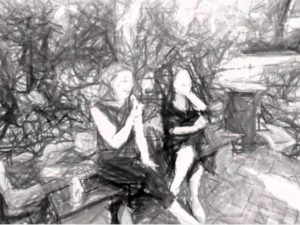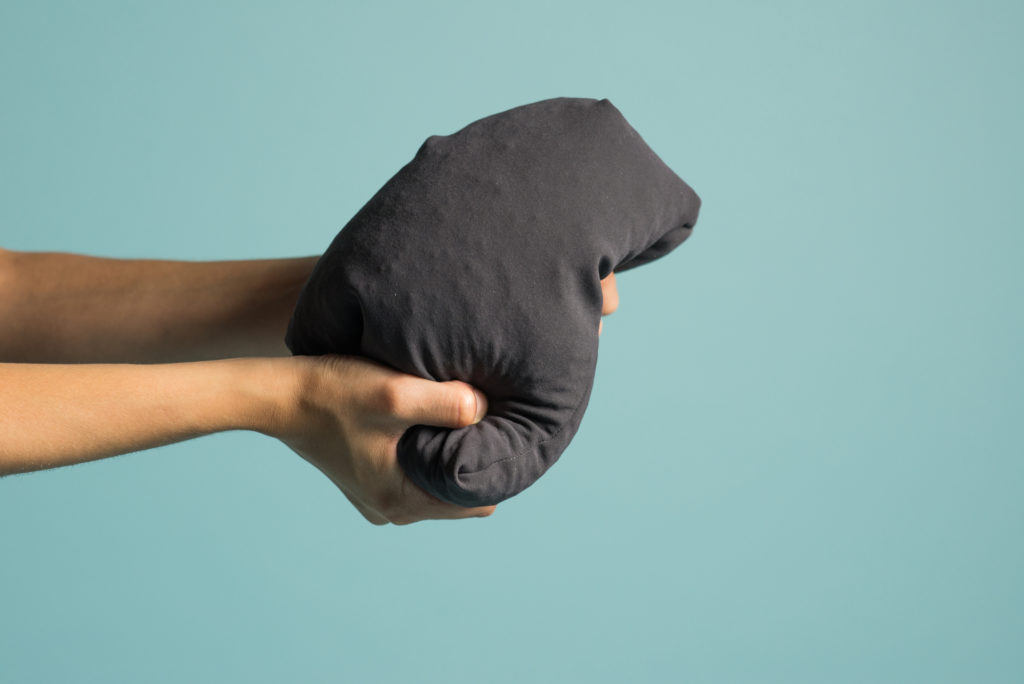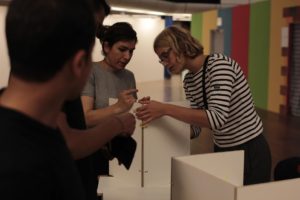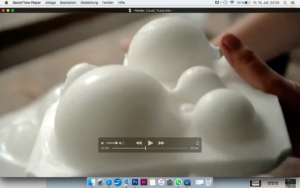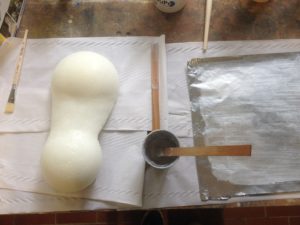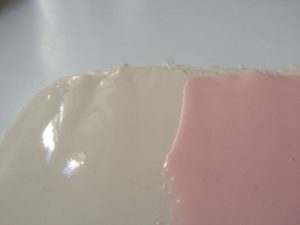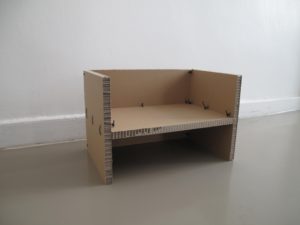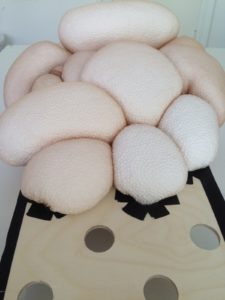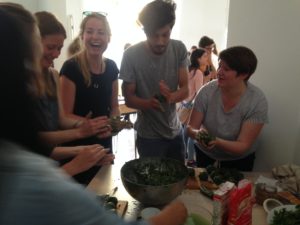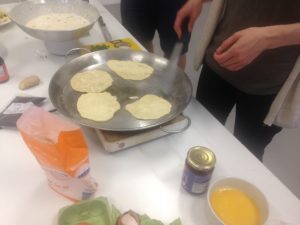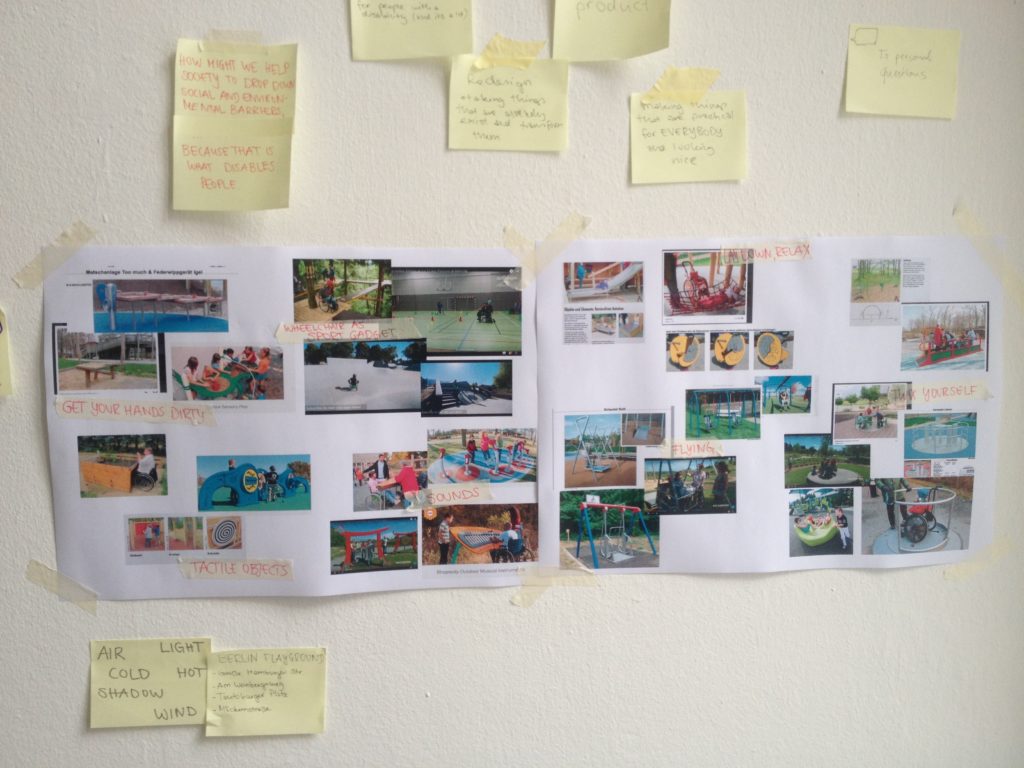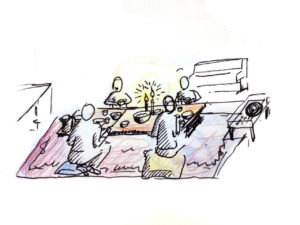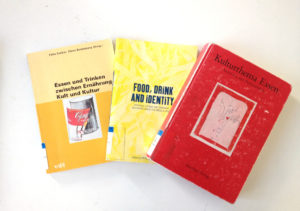Kitchen Guerilla

Kitchen Stories
http://kitchenstories.io/
„Kitchen Stories, founded in 2014, is an international, user-friendly cooking app for iOS and Android devices in which beautiful design intersects with a rich variety of recipes for delicious, everyday dishes. High-resolution videos, step-by-step images, practical kitchen tips and informative food articles transform cooking into a unique, personal experience by making it easily accessible and providing a global platform for users to connect with one another.“

Kiezhonig
http://www.kiezhonig.de/
Imker in der Stadt bzw. ökologische Honigherstellung in Pankow-Niederschönhausen

Grandhotel Cosmopolis
kosmopolitische Küche
http://grandhotel-cosmopolis.org/de/kueche/
„Die kosmopolitische Küche ist ein Ort des Zusammenkommens. Hier kochen Menschen unterschiedlicher Herkunft, Generationen und Hintergründe vegetarische, vegane, traditionelle und experimentelle Gerichte. Verwendet werden Zutaten aus ökologischem Anbau, das Gemüse stammt zum grossen Teil vom Bauern aus der Region. Der Raum ist als Gaststätte für bis zu 60 Personen, als Festsaal, Konzertbühne und Veranstaltungsort nutzbar.“

Bi`bakstube
Bi’bak oder bi’bakstube
http://bi-bak.de/de/uber-uns/
„bi’bakstube ist ein interkulturelles und interkulinarisches Dinner, das zwei Mal im Monat am Freitag stattfindet. Gekocht wird von Geflüchteten aus unserem Kiez. Wir öffnen unsere Tür, um gemeinsam an einem großen gedeckten Tisch Platz zu nehmen, gutes Essen zu genießen und dabei ins Gespräch zu kommen. Einerseits möchten wir den neu Angekommenen einen Raum bieten, in dem sie in gemütlicher Atmosphäre die ihnen bekannte Küche vorfinden, andererseits geben wir den Kiezbewohner_innen die Möglichkeit, leckere, aber eher nicht bekannte Gerichte zu kosten oder einfach nur bei einem Glas Tee zusammenzusitzen.
bi’bakstube wurde 2015 mit dem Demokratiepreis Respekt gewinnt vom Berliner Ratschlag für Demokratie und dem Quartiersmeisterpreis ausgezeichnet.
Allgmeiner hier:
bi’bak* (türkisch: “schau mal”)
bi’bak e.V ist ein eingetragener gemeinnütziger Verein und betreibt einen Projektraum in Berlin-Wedding.
bi’bak beschäftigt sich mit gesellschaftspolitisch relevanten Themen wie Migration, Mobilitätsdiskursen, Identitätskonstruktionen, Konsumgesellschaft, kulturelles Gedächtnis und legt den Schwerpunkt dabei auf deren ästhetische Dimensionen. Die interdisziplinär ausgerichteten Projekte sollen den Blickwinkel in den sich aktuell oft wiederholenden Debatten ändern und einen neuen Diskurs initiieren. Der kritische Umgang mit Medien, Globalisierung und Neoliberalismus wird dabei als wichtiger Aspekt gesehen.
bi’bak hat ein vielfältiges Programm, das Ausstellungen, Filmvorführungen, Seminare, Vorträge, Workshops, sowie musikalisch-kulinarische Unterhaltungsabende beinhaltet. Dies soll an den Schnittstellen zwischen Kunst, Wissenschaft und Nachbarschaft entstehen.
bi’bak interessiert sich für die Entwicklung von innovativen ortsbezogenen Vermittlungskonzepten, die auf eine gleichberechtigte Beteiligung und den Austausch von Ideen, Wissen und Kreativität zielt.
bi’bak strebt die grenzüberschreitende Zusammenarbeit mit Kulturakteuren, Projekträumen und Initiativen an. Ausgehend von interdisziplinären Kooperationsprojekten zwischen Berlin und Istanbul knüpfen wir ein internationales Netzwerk und suchen den Austausch von Ideen, Erfahrungen und Know-How. Uns interessiert die dezentrale, rhizomhafte Verbindung von Kunst, Design, Wissenschaft, Partizipation, Stadtraum und lokales Engagement.“


Refugees` Kitchen
Refugees’ Kitchen
http://refugeeskitchen.de/about
„Refugees´ Kitchen ist ein Küchenmobil, entstehend in Zusammenarbeit von KünstlerInnen und Geflüchteten. Eine mobile Küche, die in gemeinsamer Arbeit geplant, gebaut und betrieben wird. Anschließend rollt sie von Stadt zu Stadt und beleuchtet die jeweilige Region, aus denen die Zuflucht-Suchenden geflohen sind – kulinarisch sowie mit zusätzlichem Programm: Konzerte, Vorträge, Diskussionen etc..
An verschiedenen innerstädtischen Standorten kochen in Refugees´ Kitchen Geflüchtete aus jeweils einer Region traditionelle Speisen. Über das Essen werden in kleinen Häppchen auch politische Informationen verabreicht: Hintergründe zu Kriegen und Krisen, Regierungssystemen, Militärinterventionen, Geschichte des jeweiligen Landes: Fastfood mit Fastfacts zu Krisengebieten.
Refugees´ Kitchen unterfüttert das Thema Flucht mit subjektiven Geschichten sowie mit politischen Hintergründen und konfrontiert (welt)politisch Uninteressierte mit dem Thema Flucht.
Bald folgen hier viele weitere Geschichten, von der Entstehung der Küche und ihrer Wanderung!“


Eatable
http://eatable.com.au/home/our-story/
Rezepte, Tipps, Restaurants für gluten-, milch-, soja- und maisfreie Ernährung – der Ernährung der beiden Gründerinnen entsprechend

Himmelbeet Berlin

foodXchange
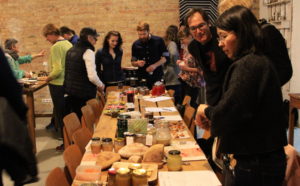
Detroit SOUP
















